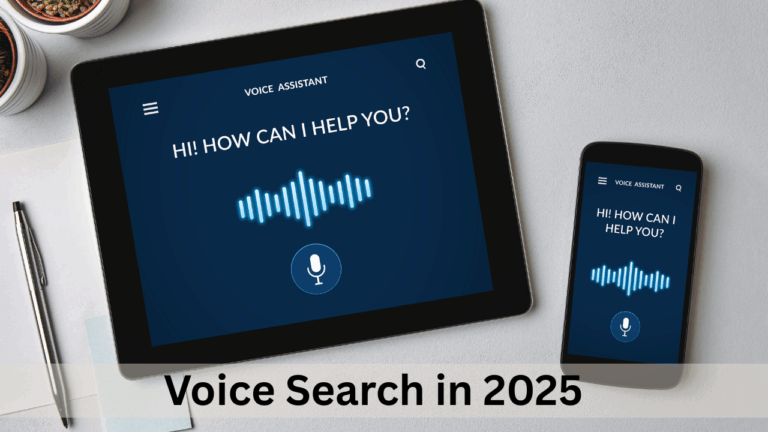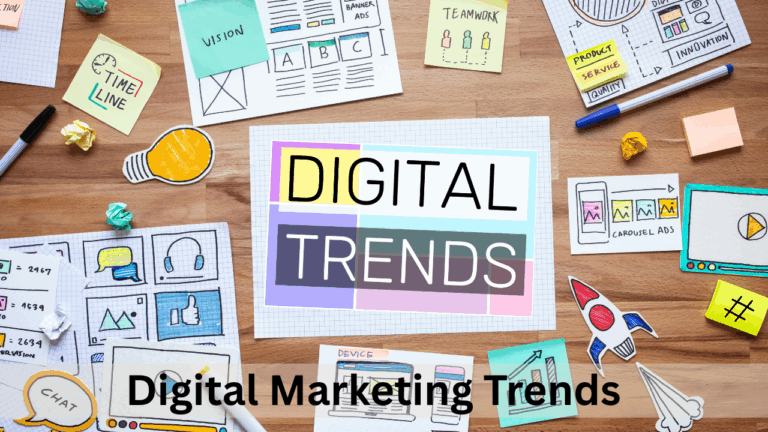Data-Driven Marketing: How Indian Brands Are Using Analytics for Faster Growth
In today’s digital age, running a business without using data is like driving with your eyes closed. Indian brands — from startups to big corporates — are now using data-driven marketing to understand their customers better and grow faster.
Whether you own a small business or manage a marketing team, this article will help you learn how analytics can boost your growth in simple, real-world terms.
Data-Driven Marketing: What Does It Mean?
In basic words, data-driven marketing means using numbers and information (called “data”) to make better decisions about how to promote your products or services.
This includes:
- Tracking what people click on your website
- Seeing which ads bring the most customers
- Knowing what customers like, based on their past shopping
The goal? Send the right message to the right people at the right time.
Benefits: Why Analytics is a Game-Changer
| Benefit | How It Helps Your Business |
| Know Your Customer | Find out what they like, need, and when they need it |
| Save Time & Money | Avoid spending on marketing that doesn’t work |
| Increase Sales | Use insights to push offers that actually convert |
| Personal Touch | Send messages that feel tailor-made for each person |
Example: If you know someone always shops during festivals, offer them a Diwali discount in advance. Simple, right?
Popular Tools You Can Use
There are plenty of free and paid tools that help you with data-driven marketing:
- Google Analytics – To understand how users behave on your website
- Meta (Facebook) Ads Manager – To track ad performance
- Zoho CRM & Mailchimp – For email campaigns and lead tracking
- Hotjar – To see which part of your page users click the most
Many Indian businesses are also adopting AI tools to take this to the next level — but basic tools are enough to get started.
Real-World Examples From Indian Brands
1. Nykaa
Nykaa used customer data to track browsing habits and buying patterns. Based on this, they sent personalized product recommendations, which boosted repeat sales by 35%.
2. Tata Motors
Tata Motors used analytics to understand what kind of cars customers are searching for. With smart targeting, they improved conversion rates and increased test drive bookings.
3. Zomato
By analyzing food ordering trends, Zomato sends timely push notifications — like “Feeling hungry? Order your favorite biryani now!” — which are hard to resist!
Step-by-Step: How You Can Start Data-Driven Marketing
- Set a Goal – Want more sales, leads, or app installs?
- Collect Data – Use tools like Google Analytics or your social media insights
- Study the Data – Look for patterns (which products are most liked, when users are most active, etc.)
- Plan Smart Campaigns – Based on data, target your best audience
- Test & Improve – Try A/B testing (send two versions and see which works better)
Challenges to Watch Out For
Nothing is perfect. Here are a few things to keep in mind:
- Too much data? Focus on key numbers only. Don’t get lost.
- Privacy rules – Respect customer data and follow data protection laws.
- Need right people – Hire or train your team to understand analytics.
Final Words
Indian marketing is moving fast, and those who adapt to data-driven methods will stay ahead. Whether you’re a local D2C brand or a growing startup, using analytics for marketing is no longer optional — it’s essential.
Want more easy-to-understand business insights?
👉 Visit Business Magazine — India’s home for smart branding, growth tips, and marketing know-how.
✅ Bookmark us now
✅ Subscribe for weekly business ideas
✅ Get updates straight to your inbox







